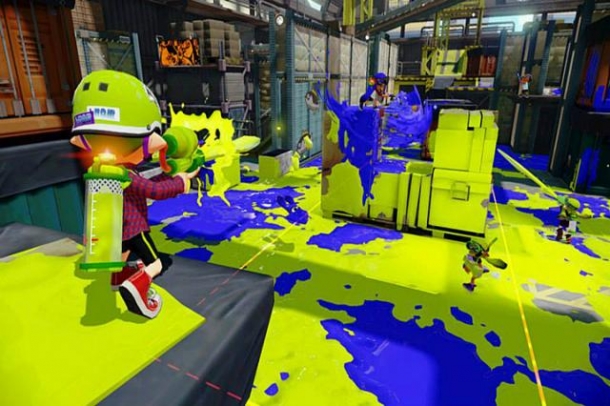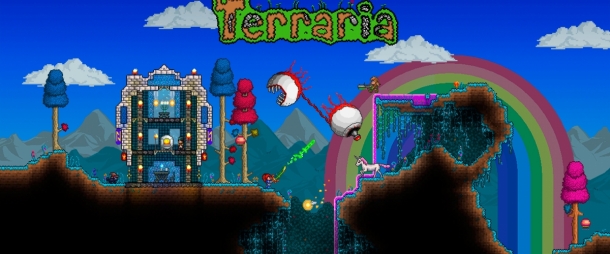The Wii U's design is meant to be smaller, but more powerful than the seventh generation of entertainment system.
The power of the system has been subject to some controversy, as exact specs have not been released and different developers have given different analyses of the system's capabilities. However, most developrs claim it's as powerful as current generation HD systems or stronger.
Technical Specifications
CPU
IBM POWER7 multi-core CPU.
Specifics of the CPU have not been revealed by either IBM or Nintendo, but IBM claims it's a 45nm custom chip with "a lot" of embedded DRAM, and is based on the same technology found in the Watson supercomputer. It is made up of three Power PC Cores.
GPU
Custom AMD 7 Series Radeon HD GPU
Like the CPU, Nintendo and AMD have not given any specifics on the GPU. What is known is that it is a custom model of AMD's 7 Series GPUs, which launched in 2007 and 2008. While clock speed isn't revealed, we do know it supports DirectX 10 and Shader 4 type features.
RAM
1GB of system RAM and 1GB of RAM available for games - 2GB in total.
Storage
8GB of Intenal Flash Memory with expandable SD slot and support for USB HDDs.
Video
The Wii U supports 1080p, 1080i, 720p, 480p, and 480i video resolutions in 16:9 and 4:3. There is an AV Multi-Out port for composite or component video cables, as well as an HDMI port with stereoscopic 3D support.
Audio
Wii U supports six-channel audio through HDMI, and can also play audio through the AV Multi-Out port.
Power Consumption
The Wii U uses 75 watts of power and 45 watts in power save mode.
Dimensions
Wii measures 46 mm x 172 mm x 268.5 mm in the horizontal position.
Wii U Gamepad
The Wii U GamePad features many unique pieces of hardware all its own. Read about it here.


